In many ways this has been a difficult year, but in the realm of archaeological research some major discoveries have been made around the world. Lost cities and tombs have come to light, the creations of our prehistoric ancestors have been recognized for their innovation, and several finds this year are rewriting history. The following are 10 of the most prominent archaeological discoveries to make news headlines in 2020.

The Saqqara royal burial necropolis south of Cairo, Egypt, is perhaps 2020’s most revealing ancient site. It seems that almost every month new treasures have been presented from this sacred burial complex. To date, antiquities authorities have announced the discovery of at least 140 sealed sarcophagi, with mummies inside most of them.
The highly-ornate, colorful, and gilded wooden coffins date to the Late Period (664-332 BC) and the time of the Ptolemaic dynasty that ruled Egypt from around 320 BC to about 30 BC. The sarcophagi have been found with some 40 golden statues and other impressive grave goods.
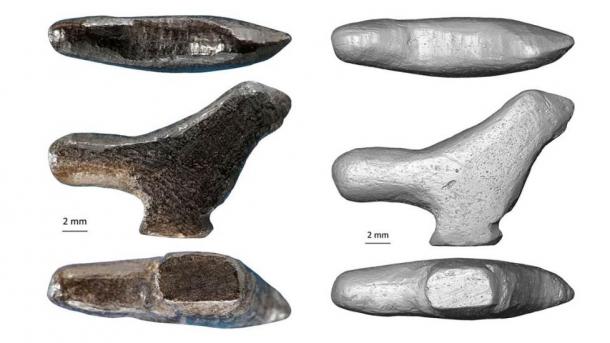
Examination of a tiny bone object extracted from a pile of waste material from digging a well revealed to be what experts think is the oldest example of three-dimensional art ever found in East Asia. It is a small standing bird carving and was discovered at the Paleolithic site of Lingjing, in Henan, China.
Although there is no visible detailing of the wings, researchers say this, “does not represent an obstacle to identifying the carving as a representation of a bird,” particularly a songbird on a pedestal. The Lingjing bird figurine suggests the presence of a longstanding artistic tradition specific to East Asia, with origins much earlier in the Paleolithic.

Archaeologists have unearthed a tomb that they think might be the resting place of the legendary Romulus, founder of Rome . It was discovered in an underground temple buried beneath the Roman Forum in an area that archaeologists know was devoted to the legendary 6th century BC king. The rock sarcophagus measures 4.6 feet (1.4 meters) long.
The newly discovered underground temple was found buried near “the Lapis Niger,” which is an ancient black shrine in the Roman Forum beneath the entrance stairway to the curia (which housed assemblies, councils, and courts.) The temple’s altar had been positioned where ancient Romans believed Romulus was buried, but no bones were found inside the coffin to verify if the tomb really belonged to King Romulus.

A big rock with an inscription written in Luwian, a language used in the Bronze and Iron Ages, appears to mark the location of a formerly lost city and kingdom in the Konya Plain in the south of Turkey. During the first inspection of the writing a researcher immediately recognized one of the hieroglyphs as the sign for king/monarch.
A later translation of the symbols shows that the stone was a stele erected by King Hartapu in the 8th century BC. It named a city called Türkmen-Karahöyük, which was assumed to be his capital city, and it also mentioned the king having defeated a neighboring Muska kingdom. Based on ancient sources, Muska has been identified with the kingdom of Phrygia, famous for its semi-mythical king, Midas.

Circular dwellings constructed with huge mammoth bones represent the earliest examples of architecture. But a mammoth-bone structure discovered in Kostenki, Russia dating to 24-25,000 BP has been declared as “the oldest ever built” by Homo sapiens .
Presumed to have been covered with animal skins, circular mammoth-bone structures are thought to have sheltered ancient hunters during long and hard glacial winters. They generally comprise a concentrated ring of mammoth bones with deep pits around their outer perimeters. Impressed with the size and appearance of the mammoth-bone structure at Kostenki, some archaeologists argue that it was a monumental building which also served religious purposes.
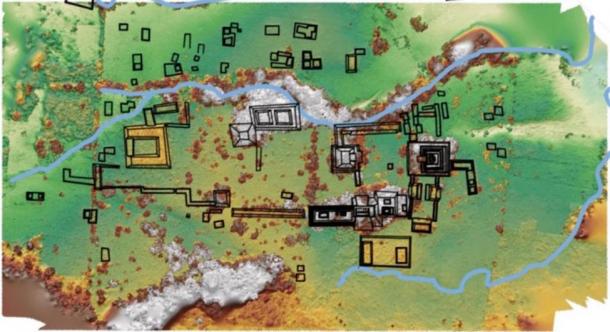
Researchers have found the long-lost capital of an ancient Maya kingdom in the backyard of a Mexican cattle rancher. The team from Mexico, Canada, and the United States began excavating the site in June 2018. They have unearthed a trove of Maya monuments, including one with an important inscription describing rituals, battles, a mythical water serpent, and the dance of a rain god. They’ve also found remnants of pyramids, a royal palace, and a ball court.
The archaeological site, named Lacanja Tzeltal for the nearby modern community, was the capital of the Sak Tz’i’ kingdom, located in what is today the state of Chiapas in southeastern Mexico. It was likely first settled by 750 BC and then occupied for over 1,000 years. Academics have been looking for evidence of Sak Tz’i’ since 1994, when they identified references to it in inscriptions found at other Maya excavation sites. The realm is also mentioned in sculptures housed in museums around the world.
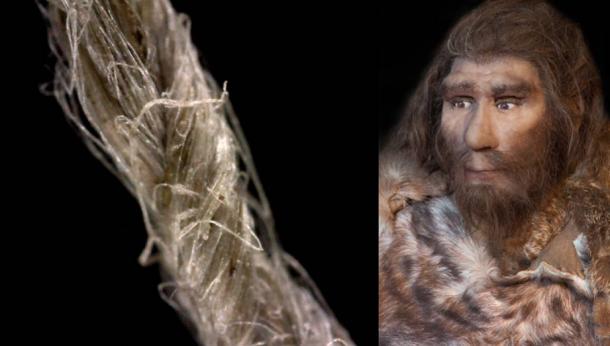
Sometime between 41,000–52,000 years ago an innovative person took some fibers, twisted them together, and put them with a thin stone tool. Their creation may have been a handle, net, or bag for the tool. This is the oldest known direct evidence of someone using fibers to create string. It was made by a Neanderthal living in the area of what is now France – providing more evidence for Neanderthal intelligence.
Researchers explain that producing this type of cord would have required some higher cognitive abilities, such as knowledge about the growth and seasonality of the trees which produced the fiber, to know when the best time would be to take fibers from them. The cord creator also needed context sensitive operational memory and an understanding of the use of complex multi-component technology as well as a mathematical understanding of pairs, sets, and numbers to create the yarn and turn it into three-ply cord.
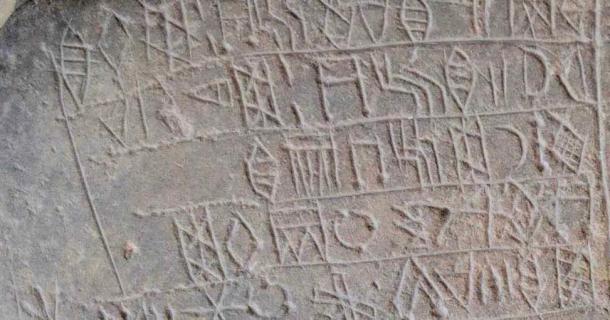
Francois Desset from the University of Tehran Department of Archaeology claims the Iranian plateau was the birthplace of writing based on his decryption of Linear Elamite script. Desset asserts that his find is “a cultural revolution in the history of writing in the world.”
It took the archaeologist a decade to decipher the cuneiform inscription which was found on hand-carved clay tablets in the ancient city of Susa in southwest Iran. But he believes the writing predates Mesopotamia, which has long been known as the cradle of cuneiform writing.

A 9,000-year-old grave in Peru has been shown to contain the world’s oldest female hunter. Based on the hunting toolkit found with the deceased, the team initially thought that the burial was of a male hunter. However, the bones were very slender, light, and appeared to be those of a female who died between the ages of 17 and 19. Her gender and age were determined based on an analysis of proteins in her teeth.
To find out if her hunting was representative or uncommon for women at the time, the researchers conducted an exhaustive study of the research literature on 107 burial sites in the Americas. All of these sites are between 6,000 and 12,500 years old. In total, the researchers found 10 women who had been buried with hunting toolkits. Their research has led them to conclude that women routinely participated in big game hunts. This find may change our understanding of gender relations in the ancient Americas and even the nature of prehistoric societies.
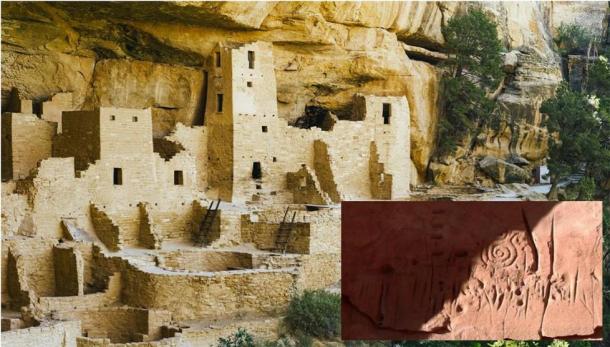
A mysterious series of petroglyphs made by the Pueblo people of the southwestern United States have been deciphered. The archaeologists used breakthrough technologies in their study, including laser scanning and photogrammetry. They took many images of the petroglyphs and recreated them in three dimensions – allowing the researchers to see more on the rocks than what is possible with the naked eye.
The study results demonstrate how sophisticated the ancestral Puebloan people were. The rock art was intentionally made to display complex interactions between light and shadow. These are most apparent during winter and summer solstices and also around the equinoxes in the fall and spring. The calendar would have helped them decide when to plant their seed, something very important for agricultural communities. The rock art also shows scenes of traditional Puebloan culture and their ceremonies, which seem to have been tied to the solar calendar. This is very similar to those practiced by modern-day Hopi people and would suggest a great deal of cultural continuity among Native Americans in the region.
With all of these amazing finds being made in such a challenging year, we can expect even more fascinating archaeological discoveries are waiting to happen as archaeologists, scientists, historians, and other experts continue their dedicated work of unmasking the stories of the past around the globe in 2021!
Top Image: Some of the major archaeological discoveries of 2020: Sarcophagi found at the Saqqara necropolis. ( Charlene Gubash / NBC News ) Map of the Maya Kingdom, Sak Tz’i, unearthed in Mexico. (Charles Golden / Brandeis University ) The Lion Table clay tablet written in Linear Elamite script. (Darafsh / CC BY-SA 3.0 ) T his bird figurine is the oldest-known sculpture found in East Asia. (Francesco d’Errico/Luc Doyon / PLOS ONE ) R esearchers have found the remains of a female hunter from 9,000 years ago in Peru. ( beltsazar / Adobe Stock)
 RSS Feed
RSS Feed















 December 27th, 2020
December 27th, 2020  Awake Goy
Awake Goy  Posted in
Posted in  Tags:
Tags: 













